Tao Bai began his presentation by discussing regional capacity and consumption balance, noting that scrap usage in the Arab region had reached 40% of the global average, which is approximately 7% above the global average.
Bai said, “The MENA region, where 94% of steel production comes from electric arc furnaces (EAF), is the world's most dominant region in this field. With the facilities announced and under construction in the coming years, the region's EAF capacity is expected to double.”
Supply balance stable, industrial activity weak
Tao Bai reported that scrap shipments over the last 12 months have remained stable at an average of around 2 million tons per month, emphasizing that this stability is due to weakening industrial production in supplier countries.
"Over the past year, with a few exceptions, manufacturing PMI data in supplier countries has remained low. There is a general slowdown in industrial activity, which is where scrap comes from," he said.
Bai also noted that ongoing transformation processes in the European Union and the United Kingdom are limiting scrap exports, while in the US, six new facilities with a capacity of 2 to 3 million tons are under construction.
He said, “Increased domestic capacity in the US is putting exporters under pressure from domestic market competition.”
Despite these challenges, Bai noted a significant increase in scrap shipments to the Arab region over the past two months, stating that this has created a significant shift in market orientation.
“Strong demand in the Arab region has redirected exporters' interest back to this region,” he said.
“The circular economy is built on strong partnerships”
Referring to the main theme of the panel, Bai emphasized that scrap is at the heart of the circular economy vision.
“If we want to achieve our goal in such a complex environment, Arab steel producers need to strengthen their presence in deep-sea markets. As scrap exporters, we have established strong partnerships with Arab countries over many years. These relationships form the basis of all sustainable trade,” he said.
Bai stressed the need for the region to establish a strong local scrap recycling ecosystem.
“Although the scrap recycling sector may seem simple, it is a highly capital- and labor-intensive field on an industrial scale. Therefore, it is difficult to establish a developed scrap infrastructure,” he said.
Noting that fragmented recycling networks and a lack of processing technology are the biggest obstacles, he said that governments, the private sector, and steel producers must work in a coordinated manner on this issue.
According to Bai, steel producers play a key role in the circular transformation process.
“Steel producers can act as both investors and developers. In the US, many producers have made significant progress with vertical integration in the supply chain. Today, we can clearly see the benefits of this strategy,” he said.
He also noted that developing alternative inputs other than scrap is an important topic, but that this issue had been discussed in detail in previous sessions.
“The Arab region could be the center of green steel”
Summarizing his speech, Tao Bai emphasized that the Arab region has the potential to become the center of circular and green steel on a global scale in the long term:
“The challenges are great, but with determined steps and strong strategies, the Arab region can become the heart of circular steel.”


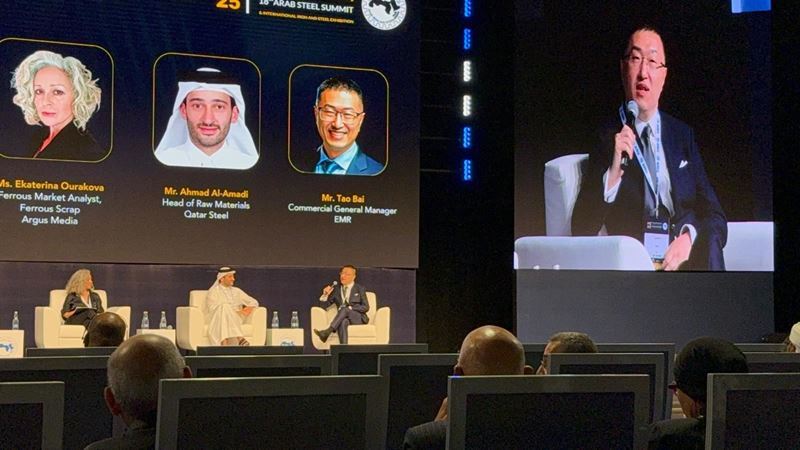
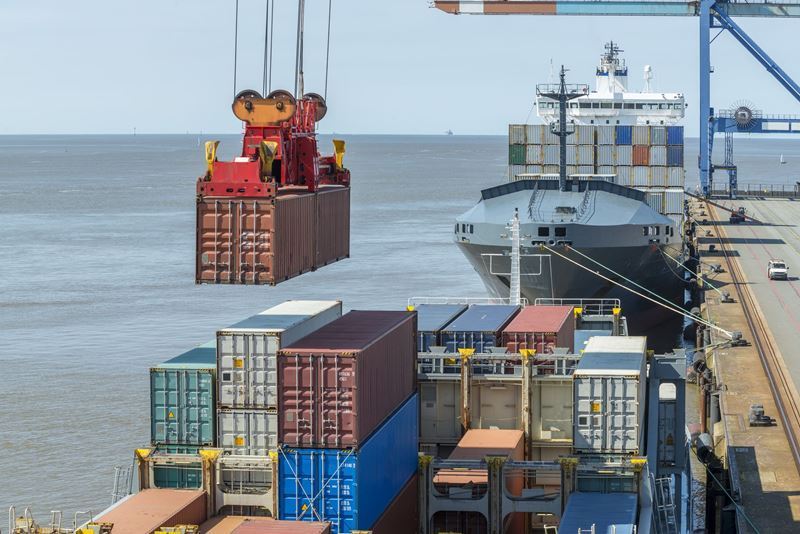
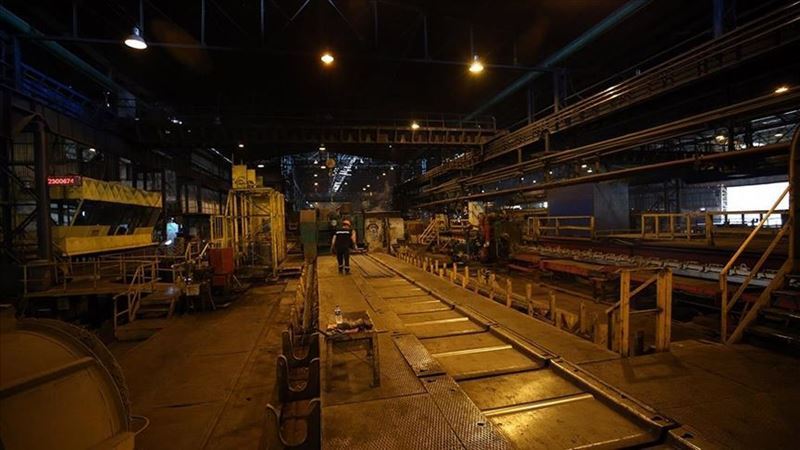
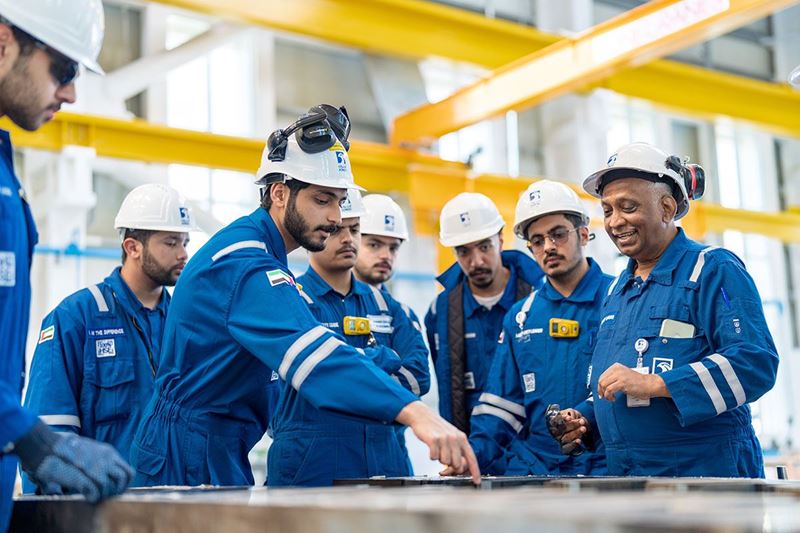
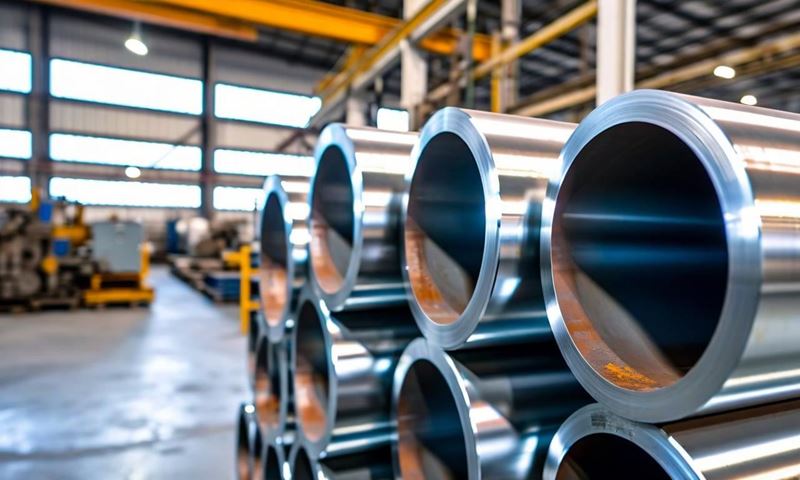
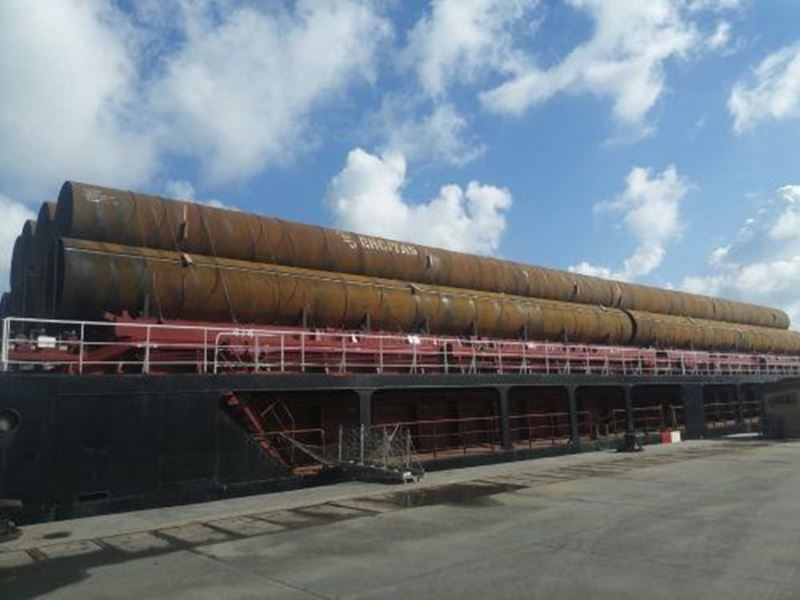

Comments
No comment yet.